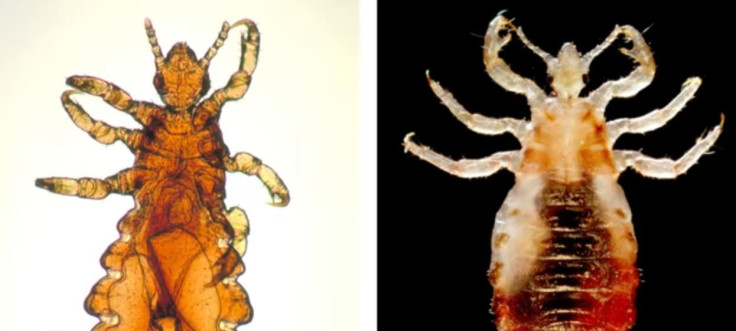7 Facts About Head Lice That Will Make You Squirm

Let’s talk about lice. They’re pretty lousy; they itch, they can spread disease, and they’re just gross.
Thankfully, SciShow host Hank Green can tell us more about lice than we could ever imagine, such as why we put our heads together to show how much we care — “to intentionally transmit head lice to your friends and loved ones, helping protect them from body lice and the diseases they carry” by building up their immunity through exposure to the critters.

It’s not the only way lice have affected human evolution. The crawlers are possibly the reason ancient humans shed their body hair many years before they started wearing clothing, and Napoleon may have succeeded in his quest for world domination if thousands of his soldiers didn’t die from body lice spreading typhus.
Read: Do You Have Head Lice Or Dandruff?
Head lice survive by drinking your blood, and lay eggs on the shaft of your hairs, close to the scalp. According to the Centers for Disease Control and Prevention, between 6 and 12 million children between ages three and 11 in the U.S. get head lice every year, and can easily spread the parasites to others who live with them.
See also:
Why You’re Having a Bad Hair Day



























